6.2 Kobe Underground Rapid Transit System
The City of Kobe is serviced by two underground rapid transit systems, as shown in Figure 6.1. The Kobe Rapid Transit Railway, or Kobe Kosoku Tetsudo, is 7.6 km long, with about 6.6 km of the system constructed underground between 1962 and 1968 by cut-and-cover methods. The Kobe Municipal Subway System is 21.7 km long, with approximately one-third of the system underground. The subsurface portions of the subway were built between 1977 and 1983. Earthquake-induced damage was observed at the Daikai and Nagata Stations of the Kobe Kosoku and at the Shin Nagata, Kamisawa, and Sannomiya Stations of the Municipal Subway. All stations were of cut-and-cover construction, with the most prominent damage concentrated at the center reinforced concrete columns of the stations and running tunnels.
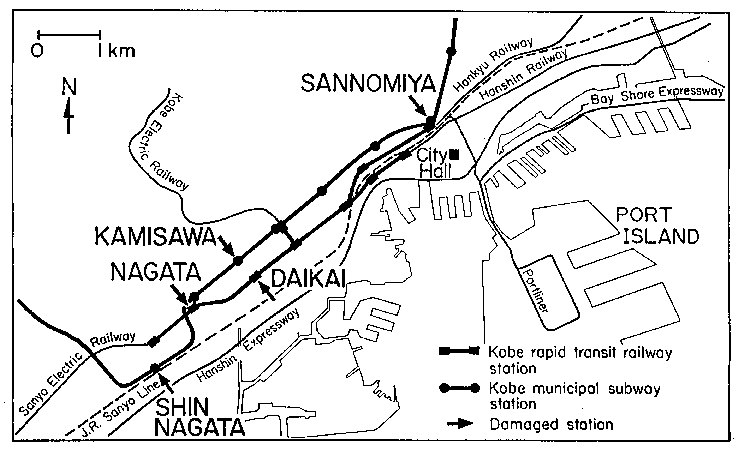 Figure 6.1: Map of underground rapid transit systems in Kobe.
Figure 6.1: Map of underground rapid transit systems in Kobe.
Figure 6.2 shows a plan view of the Kobe Kosoku with descriptions of damage. The Daikai Station collapsed along a section approximately 100 m long. It was a reinforced concrete box structure, 7.2 m high and 17.0 m wide, at a depth of 4.8 m from the street surface to the top of the structure. The stratigraphy at the site consists of sands underlain by medium to stiff clay, with the water table at a depth of 3 m. The central reinforced concrete columns of the station failed, apparently by a combination of shear and vertical loading. There was only nominal confining steel (9 mm diameter on 180 mm spacing) for the 20 mm diameter longitudinal rebar on 140 mm centers in the concrete. Collapse of the columns caused subsidence at the street surface of a maximum 2.5 m, with substantial settlement over an area of 100 m by 20 m. Apart from the structural collapse-induced movement, there was no clear evidence of permanent ground deformation at the site induced by other causes, such as liquefaction.
 Figure 6.2: Map of Kobe rapid transit railway (Kobe Kosoku) showing locations of earthquake damage.
Figure 6.2: Map of Kobe rapid transit railway (Kobe Kosoku) showing locations of earthquake damage.
This failure is highly significant because it is the first instance of severe earthquake damage to a modern tunnel for reasons other than fault displacement or instability near the portal. Photographs in Figures 6.3 through 6.5 show the interior portions of the collapsed station. The resulting subsidence at the street surface over the station can be seen in Figure 6.6. In addition to the station collapse, many pipelines and conduits in the street failed. It is noteworthy that two lifelines did not fail. A 400 mm welded steel gas pipeline, although substantially deformed, did not rupture or leak. In addition, an NTT fiber optic cable continued to provide a suitable signal despite severe distortion.
 Figure 6.3: Collapsed subway roof at Daikai Station.
Figure 6.3: Collapsed subway roof at Daikai Station.
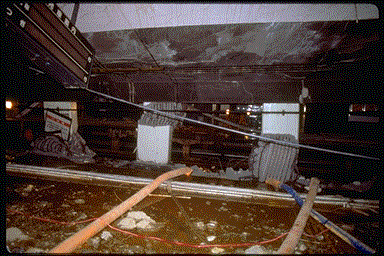 Figure 6.4: Collapsed reinforced concrete columns at Daikai Station.
Figure 6.4: Collapsed reinforced concrete columns at Daikai Station.
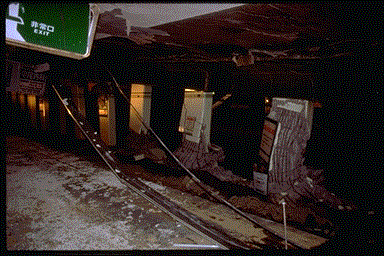 Figure 6.5: Same as Figure 6.4.
Figure 6.5: Same as Figure 6.4.
 Figure 6.6: Collapsed street surface over Daikai Station.
Figure 6.6: Collapsed street surface over Daikai Station.
Between the Daikai and Nagata Stations, 210 reinforced concrete columns were cracked and deformed in the running tunnel. The reinforced concrete box structure of the running tunnel was approximately 6.4 m high, 9.0 m wide, and 5.2 m deep. The center columns of the running tunnel were similar to those at the Daikai Station. In addition, minor to moderate cracking of reinforced concrete columns and panel walls was observed in an underground shopping mall located adjacent to the Kobe Kosoku near Shinkaichi Station. Figures 6.7 and 6.8 show the typical damage within the shopping mall.
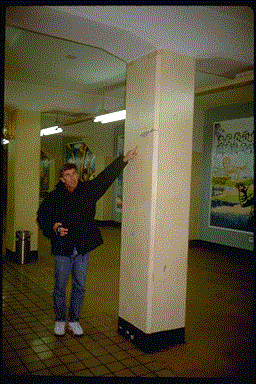 Figure 6.7: Cracked reinforced concrete column in shopping mall adjacent to Kobe Kosoku.
Figure 6.7: Cracked reinforced concrete column in shopping mall adjacent to Kobe Kosoku.
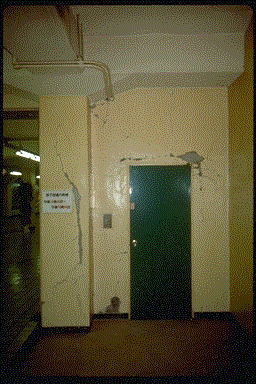 Figure 6.8: Shear cracks in column and partition wall at Kobe Kosoku shopping mall.
Figure 6.8: Shear cracks in column and partition wall at Kobe Kosoku shopping mall.
Damage to the Kobe Municipal Subway was less severe than that to the Kobe Kosoku. Train service in the Subway was restored one month after the earthquake, although Sannomiya Station remained closed because of structural damage to the center columns. Restoration of train service in the Kobe Kosoku is not expected to resume for more than a year after the earthquake.
 Figure 6.1: Map of underground rapid transit systems in Kobe.
Figure 6.1: Map of underground rapid transit systems in Kobe. Figure 6.2:
Figure 6.2: Figure 6.3:
Figure 6.3: Figure 6.4:
Figure 6.4: Figure 6.5:
Figure 6.5: Figure 6.6:
Figure 6.6: Figure 6.7:
Figure 6.7: Figure 6.8:
Figure 6.8: